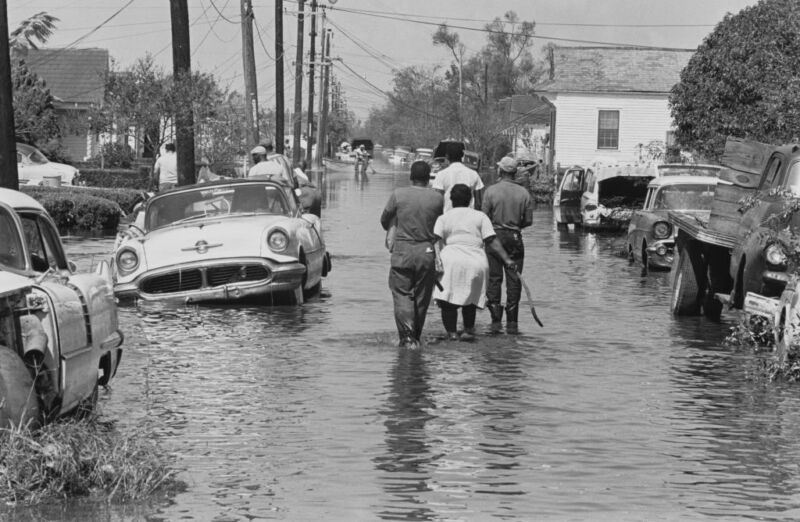Traces of ancient hurricanes on the seafloor are a warning for coastal areas

Enlarge / Hundreds of persons returning to their flood-wrecked homes in New Orleans after 1965's Hurricane Betsy. (credit: Bettman/Getty Images)
If you look back at the history of Atlantic hurricanes since the late 1800s, it might seem hurricane frequency is on the rise.
The year 2020 had the most tropical cyclones in the Atlantic, with 31, and 2021 had the third-highest, after 2005. The past decade saw five of the six most destructive Atlantic hurricanes in modern history.
Then a year like 2022 comes along, with no major hurricane landfalls until Fiona and Ian struck in late September. The Atlantic hurricane season, which ends November 30, has had eight hurricanes and 14 named storms. It's a reminder that small sample sizes can be misleading when assessing trends in hurricane behavior. There is so much natural variability in hurricane behavior year to year and even decade to decade that we need to look much further back in time for the real trends to come clear.